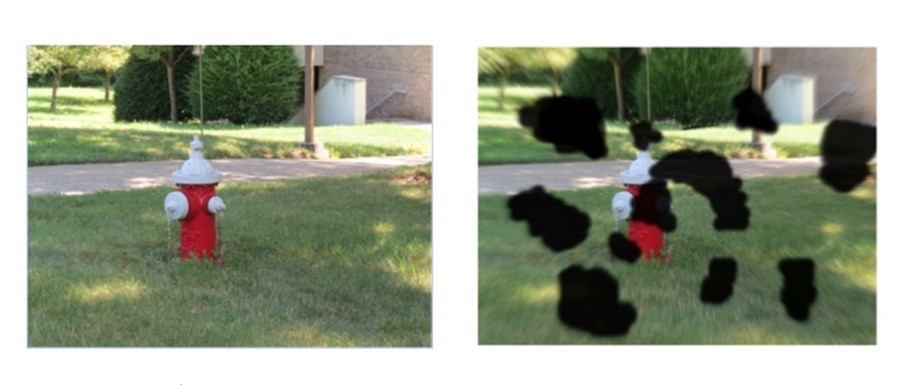
Retinopathy of prematurity (ROP) is a leading cause of vision loss and blindness in children. It primarily affects babies weighing 2 ¾ pounds or less that are born before 31 weeks’ gestation. The smaller the baby is at birth, the more likely the baby is to develop ROP. Because advances in prenatal and neo-natal medicine have increased the survival of premature babies, an increase in the risk of ROP has been reported and is one of the most common causes of visual loss in childhood and can lead to lifelong vision impairment and blindness. Being diagnosed with ROP also puts infants at risk for developing other eye problems later in their life including retinal detachment, glaucoma, myopia, and strabismus.
In American, approximately 14,000 babies are born each year with some degree of ROP. Out of the 14,000 babies, approximately 560 are considered legally blind.
ROP is the result of retinal detachment caused by abnormal blood vessels that grow and spread over the retina. When these blood vessels leak, they can cause damage and movement of the retina resulting in a detached retina. Cases with fully detached retinas oftentimes have a poor visual prognosis.
Treatments for ROP includes laser therapy and cryotherapy, both of which can destroy peripheral vision but preserve and maintain central vision, allowing the person to conduct daily activities like driving and reading. Both treatments are invasive and reserved to severe cases of ROP in infants.
Practical Implications
Professionals working with young adults through older adults will see varying degrees of adult ROP. Because there have been advances in the treatment of ROP in infancy over the years, those adults with ROP who are younger will be more likely to have better visual outcomes than those older adults who were not treated early. Because ROP can cause a variety of retinal issues with a range of severity, it is difficult to predict the visual condition of an adult with ROP. It is also important to note that because the root cause of ROP is premature birth, other visual conditions may be present as a result including cortical visual impairment (CVI).